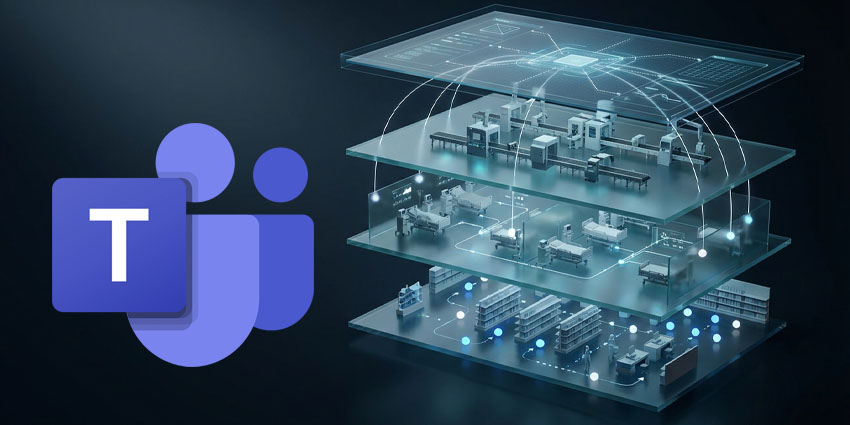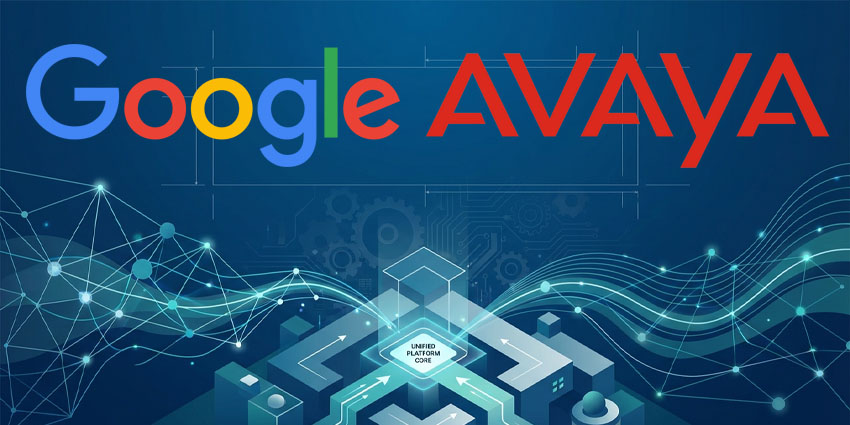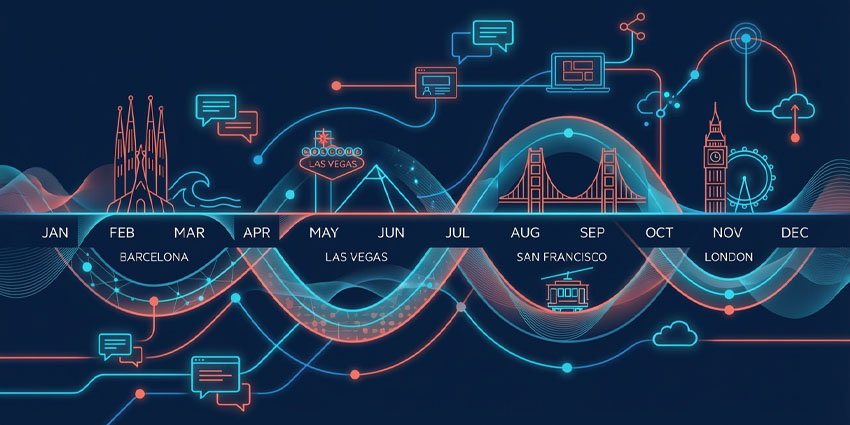The answer to “What is Microsoft Planner” has changed in the last year as the tech giant looks for new ways to streamline workflows for today’s distributed teams. In the past, Microsoft Planner was simply a web-based virtual task management application.
Included with most Microsoft 365 and Office 365 subscriptions, Planner gave companies a way to create plans, assign tasks, talk about projects, and track progress. However, at Microsoft Ignite 2023, the company announced an upgrade to the Planner experience, unifying various other project management tools into a single ecosystem.
Now, Microsoft Planner combines an intuitive, collaborative workplace with To-do lists, Microsoft Tasks, and project management tools. Here’s everything you need to know about Microsoft Planner today and what it can do for your teams.
What is Microsoft Planner? The Basics
Microsoft Planner is a lightweight, mobile, web-based application offered as part of the comprehensive Microsoft 365 toolkit. Accessible through Microsoft Teams, SharePoint, and other Microsoft applications, Planner helps keep hybrid and remote teams aligned in the flow of work.
At Microsoft Ignite 2023, the tech giant announced an upgrade to Planner, integrating Microsoft To Do, the Microsoft Tasks app, and Microsoft “Project” into a unified experience. These components will now be rebranded and connected under the “Planner” label.
As well as bringing various collaboration and productivity apps together in the same environment, Microsoft also announced a few updates to Planner, such as adding Copilot functionality. According to Microsoft, the average employee spends 57% of their time communicating, and 59% say their tools aren’t aligned with how they prefer to collaborate.
Copilot functionality within the Planner will allow team members to streamline various tasks, from searching for information to creating meeting agendas to AI tools. The generative AI assistant can draw information from meetings and other Microsoft assets to suggest to-do lists and projects. It can also help users to track the progress or “status” of various tasks.
What is Microsoft Planner? The Features of Planner
At its Ignite event in 2023, Microsoft said customers have been asking for ways to make their workflows more efficient and intuitive. This prompted the tech giant to combine the simplicity of Microsoft To-Do, Project, and Planner into a single solution enhanced by Copilot.
According to Microsoft, the new “Planner” experience can scale from simple task management capabilities to enterprise project management. The new app will be available within Microsoft Teams starting in Spring 2024.
The upgraded and aligned version of Microsoft Planner includes the following:
- Microsoft Project: Microsoft Project, available for desktops and the web, is a comprehensive project management app that allows users to quickly create and collaborate on projects. Multiple planning and view options are available, from Kanban-style boards, Gantt charts, and grids. Plus, Project allows users to track project progress in real-time.
- Microsoft To Do: Probably the most straightforward project management tool in Microsoft’s roster, To-Do is a straightforward app allowing users to list all their tasks and prioritize essential projects. You can create lists to organize your work, pull information from meetings and Outlook into a To Do list, and get recommendations for productivity from Copilot.
- Microsoft Tasks: The “Tasks app” in Teams, included in Microsoft Planner, features unique capabilities for organizations with frontline workers. For instance, you can define tasks to complete and implement “checklist completion requirements.” There’s also a Business scenario API to help users automate and simplify the creation of tasks.
The solution will also feature all the existing tools in Planner, allowing users to create workflows with drag-and-drop tools, assign tasks, collaborate through Teams, and leverage SharePoint integrations to manage data.
What is Microsoft Planner For? Use Cases and Opportunities
So, what is Microsoft Planner used for? Before unifying the Tasks, Projects, and To-Do list solutions in their ecosystem, Microsoft recommended different apps for different use cases. With the new Microsoft Planner, however, users will be able to manage entire projects and workflows in one convenient place and manage their own project plans.
With Microsoft Planner, users can now:
1. Simplify Plan Development
With the new Planner experience, users can quickly and easily develop plans, collaborate on project strategies, and access tasks and resources in the same place. You can manage your plans, projects, and tasks in one backend environment. Plus, Microsoft even offers a range of templates to help boost team productivity.
There are pre-built templates for everything from employee onboarding to software development roadmaps. These templates include all the essential elements and components users must consider when preparing their teams for success.
2. Customize Collaboration
Microsoft says the new Planner experience will empower teams to collaborate however they like. Individual users can manage their own workflows independently, while team leaders can create comprehensive project plans for large teams.
You can choose from lists and views to suit your requirements and access features for agile sprint planning, goal alignment, and custom fields. There’s even a task history to help you track your team’s productivity over time. Plus, organizations that require additional protections for compliance can leverage sensitivity labels within the rosters in Planner.
This is enabled via Microsoft Graph APIs. Tenant admins can also make labels for rosters mandatory and set a default label to help protect sensitive information across the business landscape.
3. Scale Workflows
According to Microsoft, Planner is designed to be inherently scalable, giving businesses big-picture views of their initiatives. Leaders can configure, extend, and automate the new Planner solution to meet the changing needs of their organization.
Since the solution is built on the Microsoft Power Platform, it enables customized reporting via Microsoft Power BI. It also supports configurable workflows with Microsoft Power Automate. Plus, the solution integrates with Viva Goals. This allows users to connect OKRs with plans for high-level visibility into progress.
4. Leverage Artificial Intelligence
Virtually every Microsoft service today comes with its own Copilot experience, and Planner is no exception. Copilot within Planner will help users formulate more effective workflows and plans, drawing information from every part of the Microsoft ecosystem.
Using simple natural-language prompts, users can generate new plans instantly, set goals for their team, and even get suggestions on how to upgrade their productivity. Plus, you can use Copilot to track the status of a project, share updates with team members, and more. Microsoft says Copilot will support teams in more effective project management.
5. Empower Frontline Workers
The “Tasks” feature in Planner, intended for Frontline workers, will also feature its own Copilot updates starting in 2024 to help boost employees’ productivity outside the office. Microsoft’s new features will soon appear in the Microsoft Planner experience.
For instance, new task publishing features will help users identify the work that needs to be done and monitor completion rates. The “Tasks” app will soon be a vital part of the Microsoft Planner experience, though it will continue to work alongside Microsoft Teams.
6. Integrate Crucial Apps
Like many of Microsoft’s intelligent tools for collaboration and productivity, the new Planner solution will empower teams to stay in the flow of work via integrations with existing apps. Users can access Planner experiences in Microsoft Loop, Outlook, Microsoft Viva, and Teams.
It’s even possible to bring existing plans from Planner into a Loop Workspace and track a team’s performance over time. Action items you assign in Teams meetings and meetings you flag in Outlook are also visible in the Planner dashboard.
What is Microsoft Planner? Looking to the Future
The answer to “What is Microsoft Planner?” will continue to evolve as the tech giant transforms its project management solution. The new Planner app for Teams will become generally available in Spring 2024. This will mean the To-Do, Tasks, and Project apps will all be renamed.
Later in 2024, the web experience of Planner will become generally available, along with new updates. For instance, existing capabilities in Project for the Web, such as people view, sprints, and advanced scheduling, will be available in the new Planner app. Additional EWM capabilities will include baselines, lead-lag capability, and portfolios.
Notably, Project Online, Desktop, and Server will continue to be supported for Microsoft customers, so if you’re already using this tool, you’ll still have full access when the new Planner experience is available. You can sign up to receive an alert when the new Planner app is available here.







